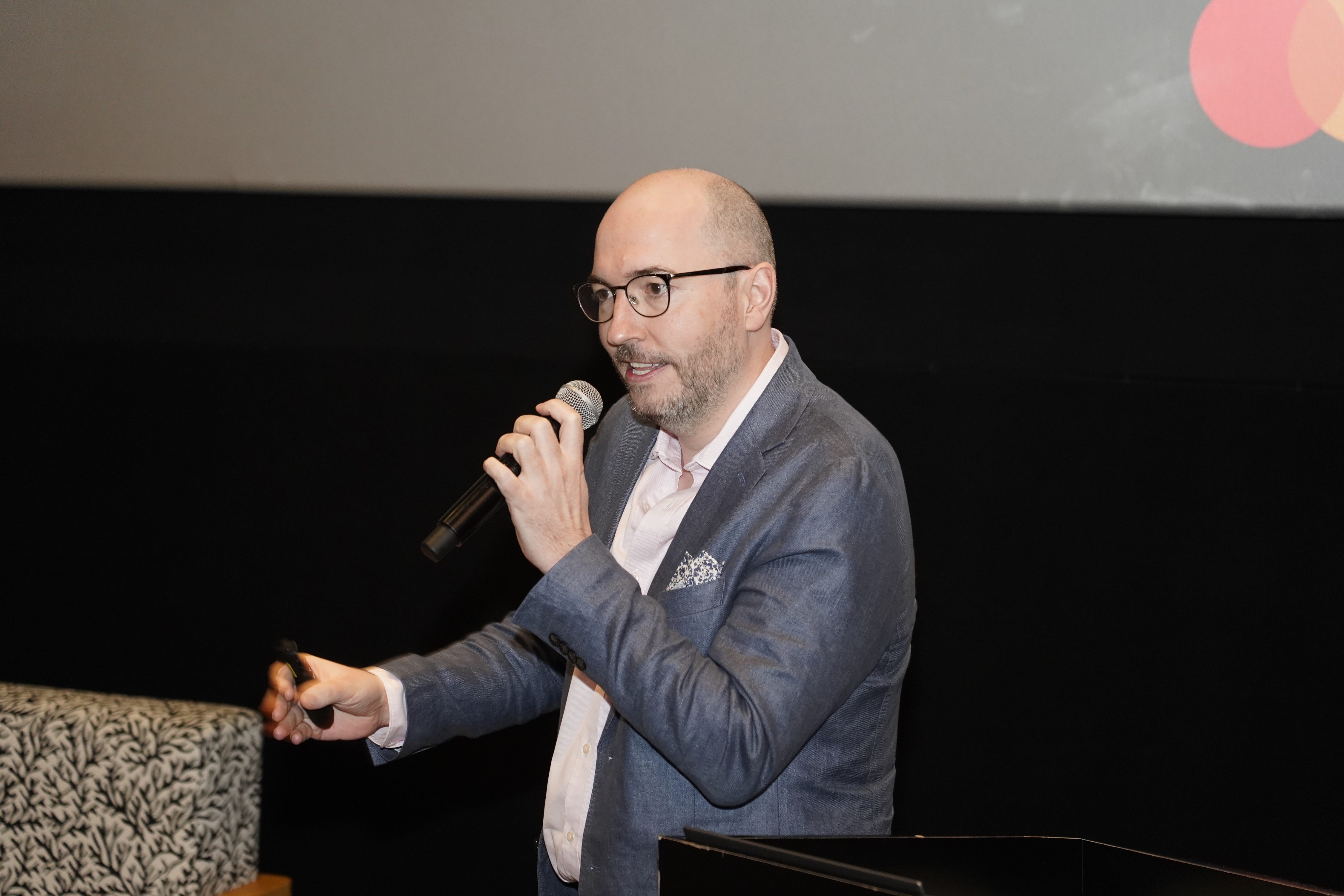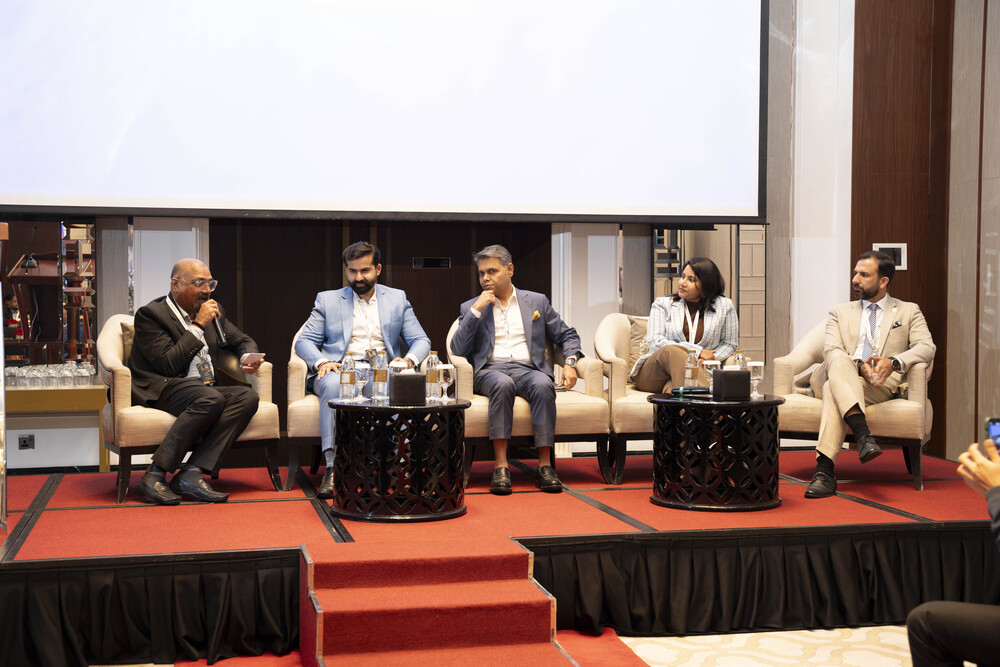How can brands best leverage online content to tap into the interests of the younger generations?
The trap that we all fall into as marketers is the simplicity of creating a segment or a persona, and then exclusively creating content for that audience. The content that works best for a brand genuinely depends on the outcome that you are trying to achieve. This is especially true in the context of selling financial service products. Success comes from using personae and segments as jumping-off points to then rapidly hone in on what’s driving successful performance. This is done best by creating a content framework that allows you to rapidly test, optimize, and scale the message to adapt to the audience as it evolves.
Why is it critical for brands to work on a youth-specific strategy?
The beauty of digital marketing is that, as a platform, it gives you the opportunity to build a one-on-one relationship with consumers. This is especially true with the youth segment where unique experiences are the entry criteria to maintain interest. A strategy using messaging and content that appeals to me – a jaded Gen Xer – is not going to drive any interest and, more importantly, sales from an audience with a very different perspective and mindset.
How can brands drive acquisition and growth digitally to acquire more young consumers? What kind of strategies can they use?
The first thing brands need to do, especially in my space, is to make sure that the acquisition basics are in place. Some important questions to ask [yourself]: Do I know what my customers and prospects do on my digital channels? What digital journeys are driving the highest conversions? How can I encourage them down a path that drives them to do more? How am I using my first-party data to identify more of my target segment on the open market? How does the digital experience change, based on customer/prospect behavior? If you can’t answer these questions, or if the answer is ‘I don’t know,’ this is where you need to start. Once you have a handle on this, start small and start testing. When these tests start giving you insights on what’s working, scale that and then start looking for something else to test. I will say that tests do not need to be large and grand. It is worth remembering that one of the most successful campaigns I ever ran only became successful after I changed the color of a button.
Are there any common behaviors or triggers that attract Gen Z? If so, what can brands do to leverage that to retain their attention and build a deeper emotional connection?
The short answer is ‘It depends.’ The behaviors and triggers that attract youth depend on the context and the outcome you are looking to achieve. In the context of digital acquisition in financial services, the most common trigger we have seen is when the youth segment shifts from student to job seeker. Identifying behaviors that can be linked or used as proxies for this event can drive radical change in performance.
What are the building blocks of a strategy that can drive digital acquisition?
I believe that the building blocks of a strategy that drives digital acquisition are based on the platform, the experience, the data, and a cross-functional team to drive the MartTch machine. I cannot tell you how many times I have seen situations where a brand has had the metaphorical keys to that ‘kingdom’ – by that, I mean a brand that had all the best-in-class digital tools and capabilities – but was missing the breadth of experience brought by the right kind of team to take advantage of the capabilities and really push performance.
How important of a role does personalization play in driving the digital acquisition of younger audiences?
I believe that personalization is a critical component to drive digital acquisition for youth audiences. I also think it is a capability that is not being leveraged, especially in the financial services sector. If brands are not driving personalization across the entire customer journey, they are missing out on at least 20% of their entire opportunity on the table. Personalizing experiences for consumers is an art that can unlock significant rewards for your brand and your consumers.
This article was first published in Communicate's Q1 2023 print issue.






